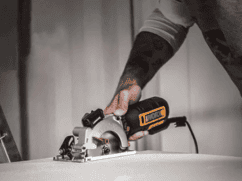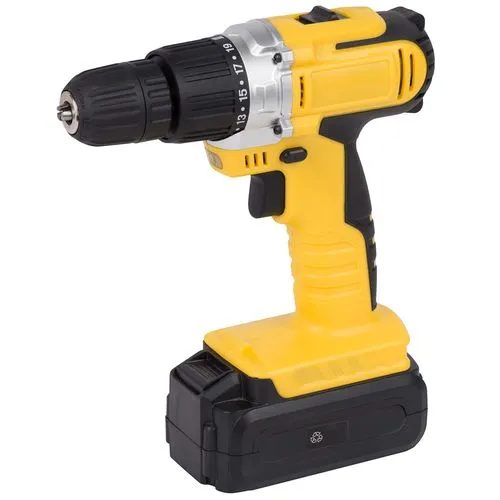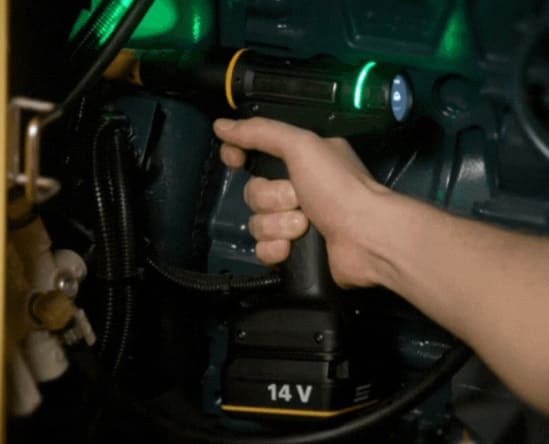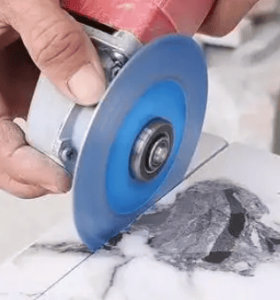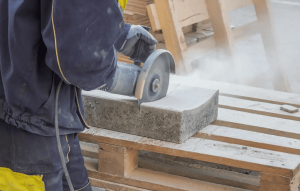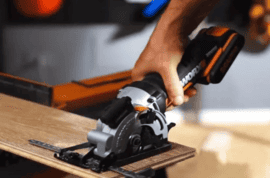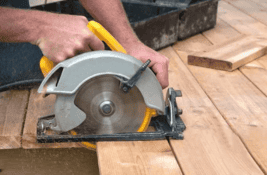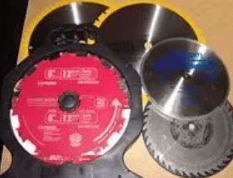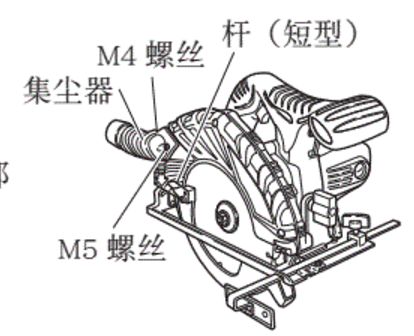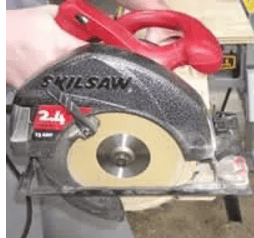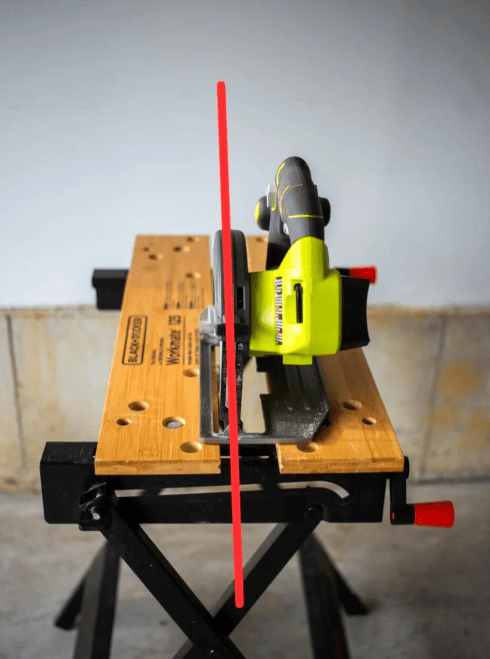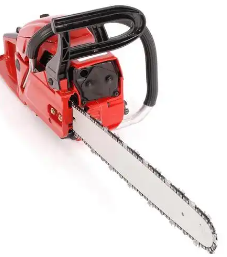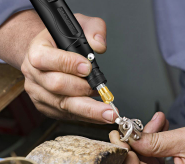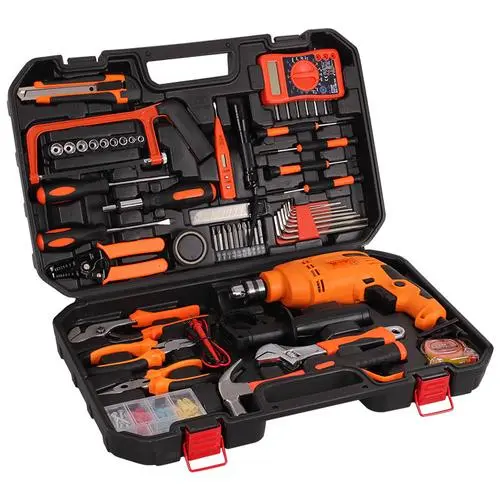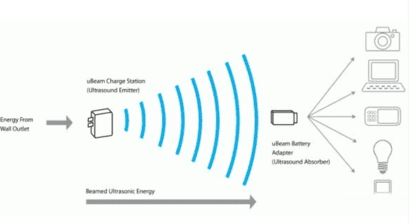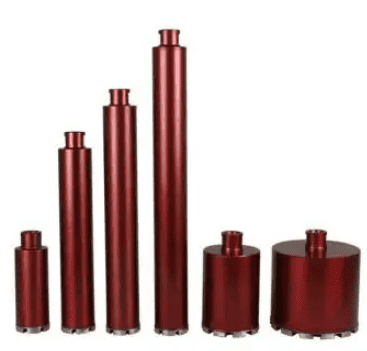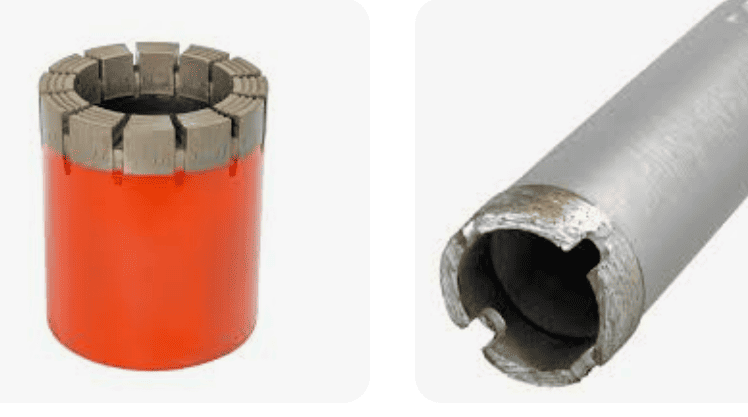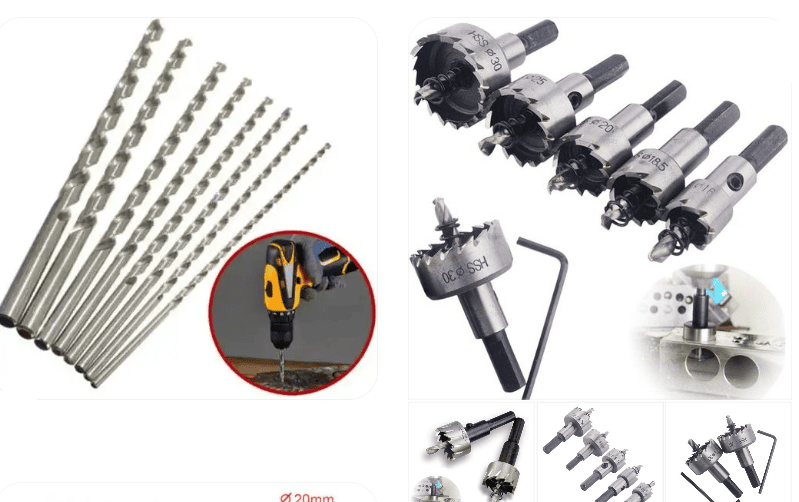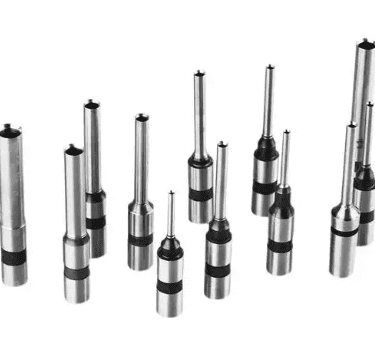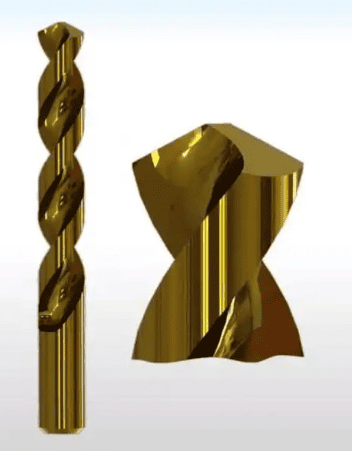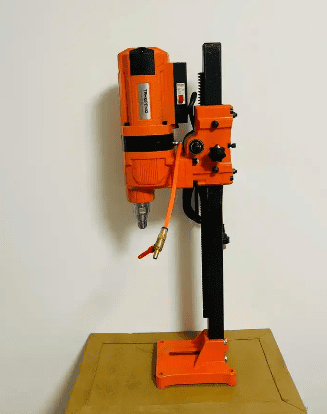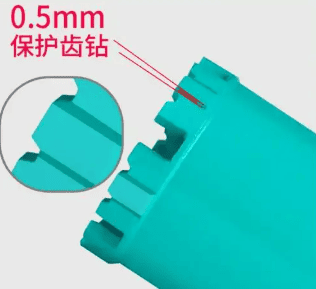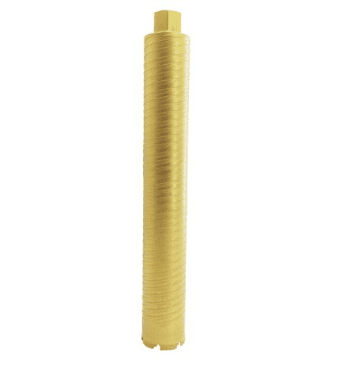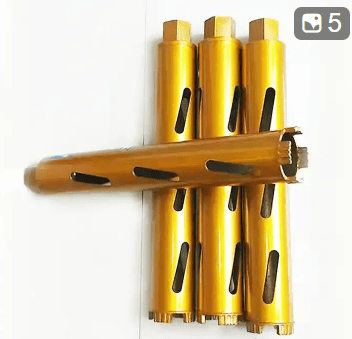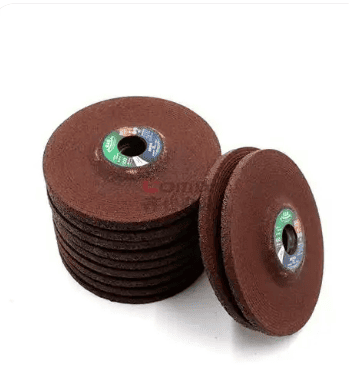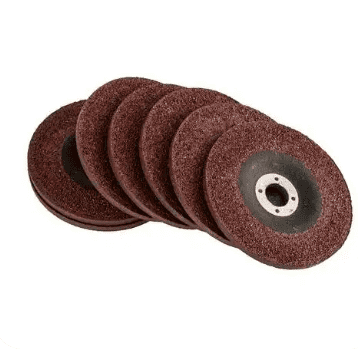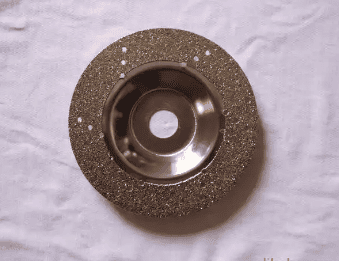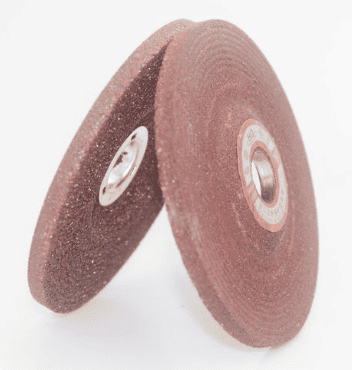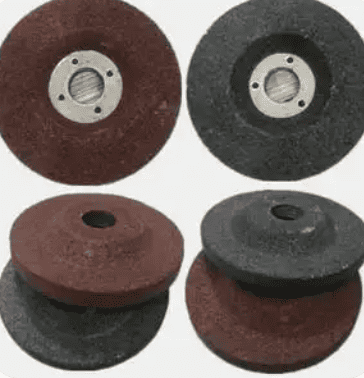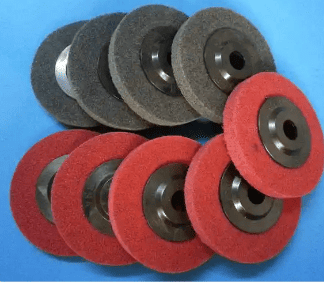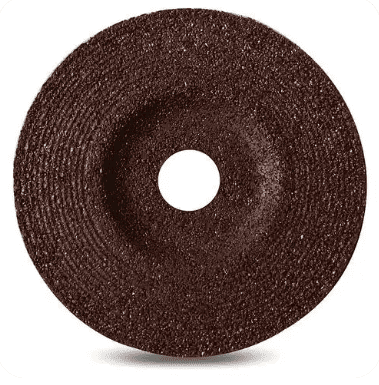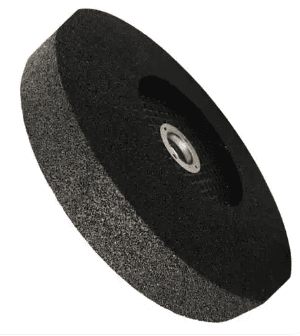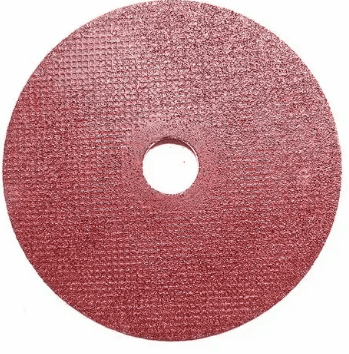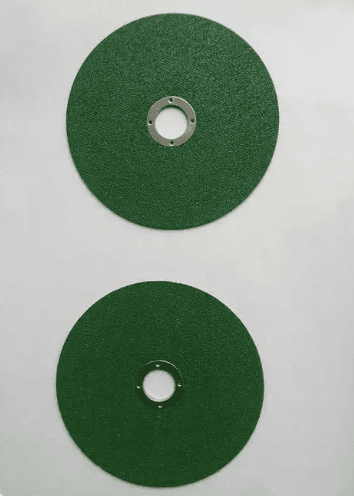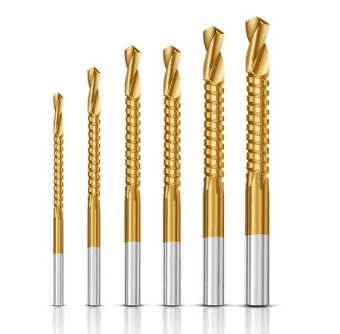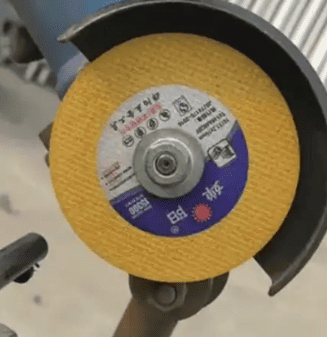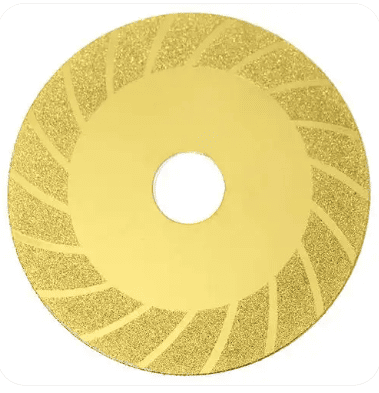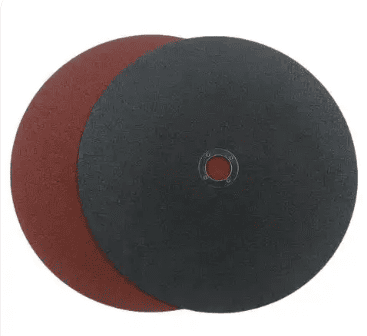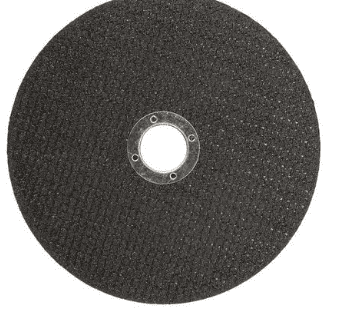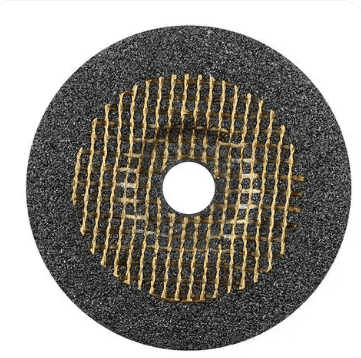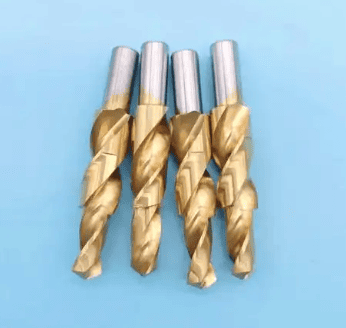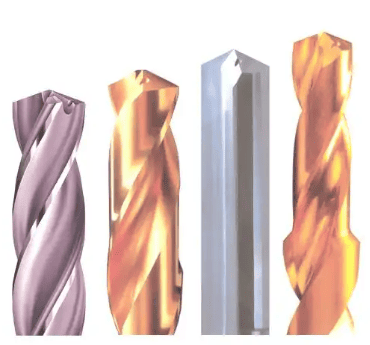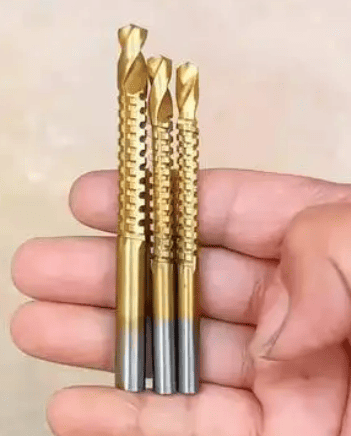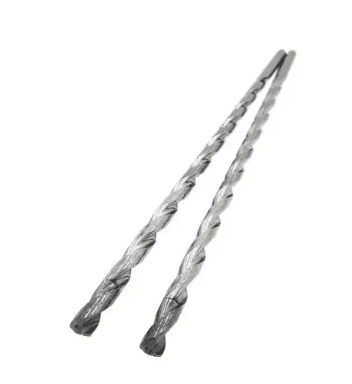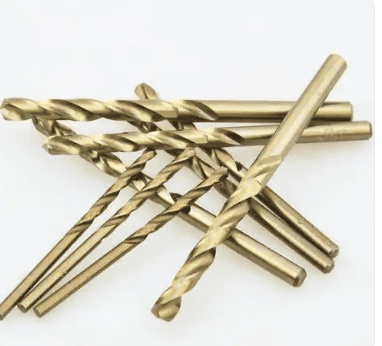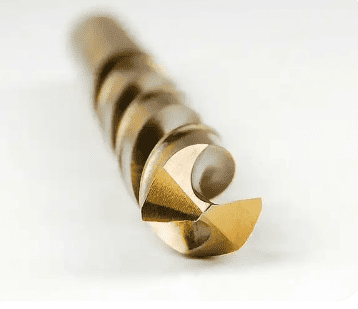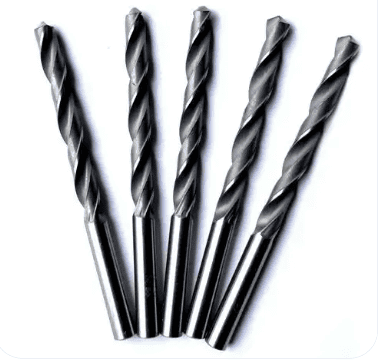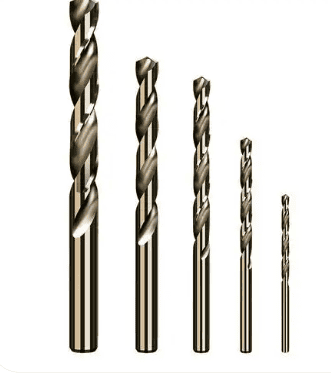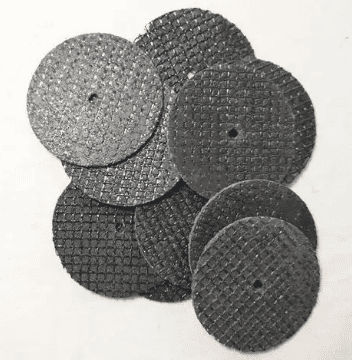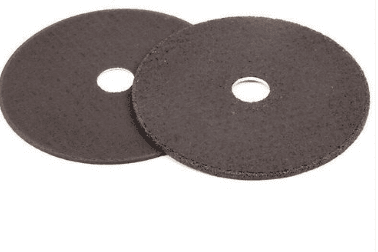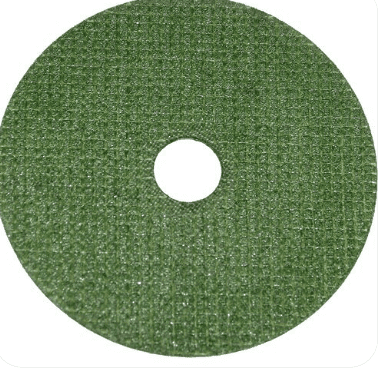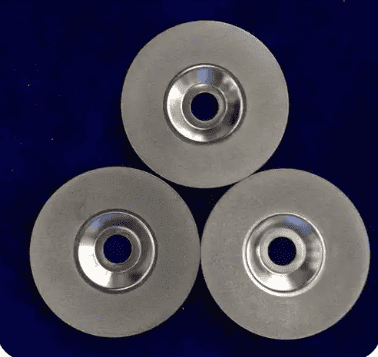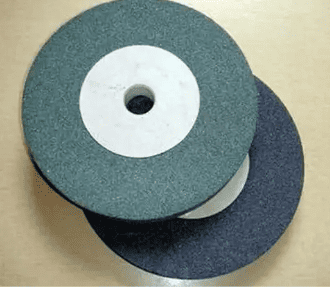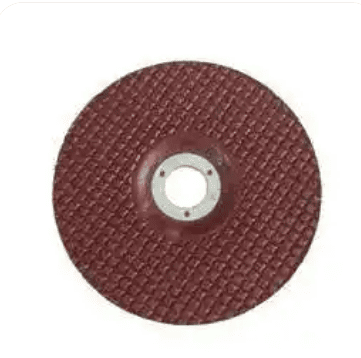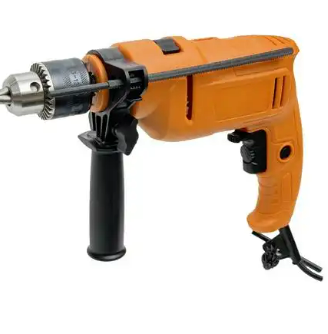Will a core bit cut through rebar?
The straightforward answer is: Yes, a core bit can cut through rebar, but it absolutely depends on the type of core bit, its material, the equipment used, the specific situation, and crucially, whether cutting through the rebar is even advisable or necessary for the job. Simply assuming any core bit will handle rebar effectively can lead to damaged tools, poor results, or even structural problems. Understanding the nuances is key to safe and successful drilling in reinforced concrete.
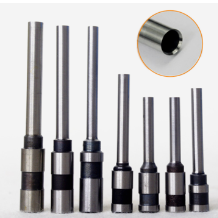
1. The Crucial Factor: Core Bit Type and Material
Not all core bits are created equal when it comes to encountering steel reinforcement (rebar). The material the cutting segments are made from determines their ability to handle the hardness of steel without dulling or shattering.
- Carbide-Tipped Core Bits (The Workhorse for Rebar): These are the most common and practical choice for drilling through reinforced concrete. The cutting segments consist of tungsten carbide particles sintered (fused under heat and pressure) into a tough, wear-resistant matrix, often using cobalt as a binder. This is where the critical temperature tolerance (like the 982°C / 1800°F mentioned) comes into play. When drilling through concrete and steel, immense friction generates significant heat at the cutting edge. High-quality tungsten carbide can withstand these extreme temperatures without softening or losing its hardness. This allows it to grind through the relatively softer concrete matrix and also abrade the much harder steel rebar effectively. While the carbide segments will wear when cutting steel (significantly faster than when just cutting concrete), a good carbide core bit is designed for this and will successfully penetrate rebar encountered within the concrete mass without catastrophic failure. The quality and grade of the carbide significantly impact performance and lifespan.
- High-Speed Steel (HSS) Core Bits (Generally Not Suitable): While HSS is hardened to high levels (like HRC 62+), making it very wear-resistant for metal drilling, it faces different challenges in core drilling reinforced concrete. HSS relies on sharp cutting edges to slice through material. Concrete is highly abrasive and quickly dulls these sharp edges. Furthermore, while HSS is hard, its heat resistance is generally lower than sintered tungsten carbide. The intense, localized heat generated when the bit encounters rebar can cause the HSS cutting edge to overheat, soften rapidly, and dull or deform catastrophically. Therefore, standard HSS core bits are generally not recommended or effective for drilling through rebar. They are primarily intended for softer materials like wood, plastic, or non-reinforced masonry. Some specialized, extremely hard HSS variants might handle light rebar occasionally, but carbide is overwhelmingly the preferred and reliable choice.
2. The Reality of Core Drilling and Rebar: Cutting vs. Avoiding
While carbide core bits can cut through rebar, the practical approach in construction and renovation is often very different:
- The Primary Goal is Usually to Create a Hole, Not Sever Rebar: In most structural drilling applications (like running pipes, conduits, or HVAC ducts through slabs, walls, or beams), the objective is to create a clean hole through the concrete. Encountering rebar is often an obstacle to be managed, but the goal isn’t necessarily to completely sever the bar unless the hole diameter requires it.
- Structural Integrity is Paramount (Especially in Load-Bearing Elements): Rebar provides critical tensile strength to concrete structures. Cutting through primary reinforcing bars, especially large diameter ones in load-bearing beams, columns, or slabs, can significantly compromise the structural integrity of the building. This is why building codes and structural engineering principles often dictate that drilling in such elements must strictly avoid cutting major reinforcing bars. Techniques like using rebar locators (cover meters) before drilling are essential to identify rebar positions and plan holes accordingly. Sacrificing a small amount of structural concrete cover (the concrete over the rebar) to avoid cutting the bar is almost always preferable to cutting the bar itself from an engineering and safety standpoint.
- When Cutting Rebar is Necessary or Unavoidable: There are situations where cutting rebar is required:
- Large Diameter Holes: When drilling holes large enough that they physically cannot avoid intersecting existing rebar.
- Specific Structural Modifications: In carefully engineered renovations where bars are intentionally cut and the structure is subsequently reinforced or analyzed to ensure safety.
- Unavoidable Minor Bars: Sometimes smaller diameter stirrups (ties) or distribution bars might be unavoidable in the drilling path.
- The Right Tool for the Job (Magnetic Drill Presses & Annular Cutters): When cutting rebar is necessary, especially for larger holes or cleaner cuts, specialized equipment is strongly recommended. Magnetic drill presses (mag drills) paired with annular cutters (essentially very robust, short core bits specifically engineered for cutting metal) are the ideal solution. Annular cutters are made from premium high-speed steel or carbide, designed with optimized geometry and cutting speeds for steel. The mag drill provides powerful, stable, perpendicular drilling force directly onto the steel surface. These cutters excel at making clean, precise holes (up to 90mm/3.5″ or larger) through steel beams, plates, and rebar with minimal wasted material (the slug) and high efficiency. While a standard rotary core drill with a carbide bit can eventually grind through rebar encountered in concrete, it’s significantly slower, harder on the drill and bit, produces a rougher cut, and lacks the stability and power optimization of a mag drill setup.
3. Hollow Core Drilling Through Reinforced Concrete: Process and Best Practices
Using a hollow core drill bit equipped with a diamond or carbide cutting edge is indeed a standard and effective method for drilling through concrete that contains rebar, provided the correct bit is used (carbide/diamond) and expectations are managed.
- The Mechanics: The core bit rotates (using a powerful core drill motor), and its cutting segments grind away the material directly beneath them. Water is almost always used for cooling (reducing heat damaging the bit and concrete) and flushing away the ground-up material (slurry) from the hole. When the bit encounters rebar, the carbide or diamond segments abrade the steel, effectively cutting it as the hole progresses. It’s a grinding action, not a shearing action like an annular cutter.
- Essential Best Practices for Success & Safety:
- Select the Correct Bit: As established, carbide-tipped core bits are the minimum requirement. For frequent rebar encounters or harder steel, diamond core bits offer superior performance and lifespan but are significantly more expensive. Diamond bits cut both concrete and steel extremely effectively.
- Use Adequate Water Cooling: This is non-negotiable. Water prevents overheating (which destroys bits and can damage concrete/rebar), suppresses dust, and removes slurry. Insufficient water is a primary cause of premature bit failure.
- Apply Steady, Appropriate Pressure: The drill needs enough force to keep the cutting segments engaged with the material, but excessive force can stall the drill, overheat the bit, or cause segment loss. Let the bit cut at its own pace.
- Control Rotational Speed (RPM): Follow the manufacturer’s recommendations for the bit diameter and material. Too high RPM generates excessive heat; too low RPM reduces cutting efficiency and can cause bit chatter/wear. Core drills typically operate at much lower RPMs than standard hammer drills.
- Ensure Rigid Setup: The core drill must be securely anchored (using anchor bolts, vacuum bases, or heavy-duty stands) to prevent walking, vibration, or wobbling. This is crucial for hole accuracy, bit life, and operator safety, especially when hitting rebar which can cause sudden torque changes.
- Maintain Perpendicularity: Drilling at an angle increases stress on the bit, causes uneven wear, makes the hole oversized/oval, and increases the chance of bit deflection or breakage. Use guides or levels.
- Listen and Feel: Pay attention to changes in sound and vibration. Hitting rebar often produces a distinct change (higher pitch, increased vibration/resistance). Be prepared to adjust pressure slightly but avoid forcing it.
- Inspect Bits Regularly: Check for missing segments, significant wear, cracks, or dullness. A damaged or excessively worn bit is inefficient, unsafe, and can damage the drill motor. Replace promptly.
- Clear Slurry: Ensure the slurry can escape the hole effectively. If it builds up, it creates friction and heat. Periodically lifting the bit slightly while running (with water flowing) can help flush the hole.
- Safety First: Always wear appropriate PPE: safety glasses/goggles, hearing protection, gloves, respirator/dust mask (even with water, mist/slurry can be hazardous), and sturdy footwear. Be aware of electrical cables, pipes, and structural hazards before drilling. Secure the work area.
4. Specialized “Rebar” Drilling Tools: Beyond Core Bits
While carbide core bits handle rebar encountered within concrete drilling, specific tools are designed primarily for drilling or cutting rebar itself:
- Twist Drills (Standard Metal Drills): Suitable for drilling small diameter holes (typically under 12mm / 1/2″) directly into rebar ends or exposed sections. Requires a standard drill and proper technique (center punching, piloting, cutting fluid).
- Annular Cutters (as discussed): The gold standard for clean, fast holes through steel, including rebar, when used with a mag drill. Minimal wasted material, high precision.
- Cutting Drills: Less common, these combine drilling and a shearing action, sometimes used for cutting small diameter bars or bolts. Not typically used for core drilling applications.
Conclusion: Knowledge is Key
So, can a core bit cut through rebar? Absolutely, a carbide-tipped or diamond core bit will grind through rebar encountered while drilling concrete. However, the critical takeaway is that this is often a secondary capability rather than the primary design intent. The practical focus in construction drilling should always be on avoiding critical rebar whenever possible to preserve structural integrity. When encountering rebar is unavoidable, using the correct carbide/diamond core bit with a powerful core drill, ample water cooling, and proper technique is essential. For dedicated, clean cutting of rebar (especially larger diameters), specialized tools like mag drills and annular cutters are far superior and safer options. Understanding the capabilities and limitations of your tools, the requirements of the job, and the paramount importance of structural safety is fundamental to making the right choices and achieving successful results when drilling into reinforced concrete.

